[NOTE: This post, except for the introductory section here in brackets, was written continuously as I investigated the situation, then split off from the weekly post. Except for adding this first paragraph to provide context I did not go back and edit based on later observations. You can choose whether to look at the toolkit in question first, or whether to proceed as I did and look at it after. I hope people do a mix of those two things.]
This attack is an excellent example of the rules of bounded distrust, and what happens when the ‘experts’ say something that someone thinks the Narrative should continue to dislike, so they get turned on. What matters isn’t truth, what matters is whether you are being loyal to Narrative, or giving aid and comfort to ‘the enemy’ with wrongfacts.
I wrote that before looking at the toolkit, because I used the rules of Bounded Distrust or anything other than the Twitter thread above. This is a hit job, so one can assume this is the best they’ve got to hit them with. When ‘the first problem’ is that something is ‘being picked up by’ the wrong people, you make your True Objection very clear. It’s that this supports conclusions you don’t like, and you are in pure Soldier Mindset. When your second problem is not an error but warning that ‘when you misrepresent science to further a cause trust suffers’ you doth protest way too much. What you’re saying is ‘look what you made me do, forcing me to misrepresent the situation and forcing me to label you as providing misinformation. This will destroy trust.’
Or more bluntly, ‘Credentialed scientists going against other credentialed scientists will destroy trust in science, so you’re not allowed to do that.’ Or at a minimum, oh boy are we going to use isolated demands for rigor.
The last note, about them being ‘somewhat receptive’ to correcting errors makes it clear that they’re willing to correct such errors (‘somewhat’ being a clear insinuation word), but that this does not matter because accuracy never mattered anyway, only Narrative.
And then the kicker, that seals it all in place and shows exactly how this mindset works: “But this is a Pandora’s Box situation, and it will set us back in our collective goal of getting schools back to normal.”
Advocating for getting things back to normal, you see, is going to delay getting things back to normal, because now the wrong people are calling for a return to normal before we want them to, and we can’t reward this kind of behavior so now we have to punish both you and them by delaying the return to normal until you learn who is boss. Or alternatively, by advocating for this against Narrative while being experts, and going too soon, you’ve poisoned the well for when we actually want to reverse course, since we’ll have to wait a while now to avoid being too embarrassed, which will slow things down.
There’s also a bit of the logic that goes ‘if you go back to normal, that will cause more Covid, thus preventing us from going back to normal, which is everyone’s goal, why do you hate being normal?’ I’m not sure if I’m hoping it’s delusional or not.
And of course, the part where our ‘collective goal’ is a return to normal is a blatant lie.
Level two is to read the Mother Jones post. The headline (which, remember, is always bullshit in these situations, also clickbait) is “These Doctors Wanted to Get Schools Back to Normal. Their Botched Effort May Backfire.”
If you actually wanted to get things back to normal, of course, you wouldn’t be going around highlighting the ways in which a ‘botched effort may backfire.’ You’d be trying to improve the quality of the effort and fix the errors.
If you were worried about ‘damaging trust in science’ and that a given action was damaging that trust, you wouldn’t be telling people ‘look over here at these Bad People who are Damaging Trust In Science by doing this Bad Thing.’ When your entire frame is to emphasize how much damage is being caused, and taking special care in pointing out the things that cause damage when people notice them, one can only conclude that your local goal is to cause a bunch of damage.
I certainly can’t find any actual arguments here against returning to normal be February 15, which is the policy proposal of The Urgency of Now.
The one specific error pointed to is a claim that child suicides rose during the pandemic, which has since been corrected. That does seem like one of those mistakes you need to be careful to avoid in a thing like this. Other than that, they link to threads, so those threads are next up.
I’ll start with the one by Emily Smith.
The third slide reminds us of the Permanent Midnight agenda of shifting from ‘no Covid-19 it not like the flu’ to ‘well actually children should permanently mask to help prevent the flu.’
Note that the failure to adopt Emily’s preferred frame here is claimed to constitute ‘lying with data’ and cherry picking. What could be more cherry picked than comparing child Covid-19 deaths to the rate of child flu deaths during the pandemic? That seems very obviously cherry picked when it’s being used to say ‘look how dangerous Covid is.’
And yes, she obviously wants both the points from preventing flu, and the points for Covid being so much more common than flu. And wants to ignore that these statistics are mostly pre-vaccination and pre-Omicron, of course, but never mind that.
What this actually shows, if we take the 199 to be a baseline, is that Covid-19 deaths during the Delta period and largely without vaccinations were roughly double the rate of flu, when we include the big peaks. If you do common sense on that math, you see that the risk to children going forward, a few weeks from now, is minimal even by these comparisons.
Or you can just see the number 1,150 and do math.
Meanwhile, the Long Covid claim is that… they actually did share the data? I notice I am confused there but I’ll have to see the original to know.
All right, what else have we got?
Second thread is more extensive. It starts out by making clear it’s here to show how wrong people are rather than fix mistakes. And it does not stop. It’s dripping with venom.
But it does contain specific points. Let’s investigate.
I notice I am confused (and including the Under 17 number seems like pure framing). How is a 10.2% overstatement ‘as awful as it gets’? I’ll assume for the moment Black’s numbers are right. It’s an error, but seems unlikely to be a dishonest one, and in what way does it even change the conclusion? Remember, there are 1,150 Covid deaths over two years. If there were 2,177 suicides in the year 2020, and we assume a similar number for 2021, then that’s about a factor of four more deaths than Covid. That sounds to me like a reasonable use of ‘vastly outnumbering,’ and not substantially different than if it was a factor of a little under five.
That’s not to excuse statistical mistakes. They should be corrected. But this level of disgust doesn’t make any sense unless it’s performative.
Here’s the next complaint.
I’m going to assume he meant ‘from 2019’ here, but what seems to be happening is we have a clear long-term trendline of increasing suicides, in which the years 2017 and 2018 look like outliers that are above the curve, there was a drop from 2018 to 2019 (which is before the pandemic). Then there was an on-pace increase from 2019 to 2020. And then Black is accusing them of scientific misconduct for calling this increase an increase? Because while it was an increase, other groups also showed an increase, and it wasn’t ‘significant’? So you can’t say that a number went up if p<0.05? This is from the thread:
So the argument is that a 13% increase ‘wasn’t significant’ because it was a narrow sample of 10-14 year old males, so calling it an increase is scientific misconduct, or something? Huh?
This is the ‘scientific misconduct’ he’s claiming:
So clearly children did show an increase, and adults showed a decrease, with an overall decline of 2% in males and 8% in females. They say ‘age group’ rather than one-sex age group, so a 5% increase in male suicides for ages 25-34 could easily have been matched by a decrease in the female group. In any case, I don’t see what the screaming is about, and the bifurcating into male and female, and then talking about the ‘significance’ of each subset, seems like far worse ‘scientific misconduct’ here.
(It’s worth noting that the thread is full of typos/errors that I’m ignoring or mentally editing to be correct, because it’s not relevant, but if I were writing such a thread I wouldn’t for example put 159 child Covid deaths into 2019.)
He then cites a bunch of sub-group charts for some reason, and finally he gets to this, which I’ve always found super interesting.
Yes. When we outright closed the schools children killed themselves less. This is, indeed, not the ringing endorsement of our school system one might hope, rather it is an indication that ‘normal’ might have some very serious problems. I’m glad he brought this to our attention back in December.
However, the same chart seems to show a very clear increase in suicides during the pandemic schooling. When kids were forced into combinations of remote learning and dystopian school conditions with distancing and masking and eating in the cold off sidewalks and such, suicides went up above baseline. Whereas when school was full-on suspended, suicides went down. Curious.
But no idea why he’s pointing this out here? Wouldn’t this be an argument in favor of normalization? As in, hey, there was that weird period where we didn’t force kids to serve time at school and suicide went down, but then we started making them serve time again under bad conditions and it went up again, and putting the two together suicides were still up for the year? So maybe that second thing is really terrible?
So he then says ‘school closures are associated with less risk’ and uses this as a reason to go to remote learning when the stats show that remote learning causes more suicides, unless I’m misreading the data in some way.
His second section is on eating disorders, where he says ‘the evidence is strongest’ and he basically agrees the pandemic has hurt kids, but he still finds the authors blameworthy in two ways. First, there are some subgroups that are doing better than other subgroups, and their summary doesn’t mention this. Since he doesn’t go further, I assume the statements actually made were accurate. Second, they ‘neglected to show that ED admissions slowed when schools were opened.’ Given the lead time on eating disorders leading to ED admissions I don’t know what he was expecting.
On his number three, he agrees the source says what it says, but he thinks the source is wrong in describing its own source.
So Racine provided two different calculations, Black wants to use the one that gave a lower number, they used the one with a higher number. It’s not obvious from context whether Racine thought one should clearly remove the ‘low-quality’ studies from the meta-analysis here, so we have to go looking. Annoyingly, he doesn’t link to the paper, but I think it’s this one.
Here’s the results section of the abstract.
Results Random-effect meta-analyses were conducted. Twenty-nine studies including 80 879 participants met full inclusion criteria. Pooled prevalence estimates of clinically elevated depression and anxiety symptoms were 25.2% (95% CI, 21.2%-29.7%) and 20.5% (95% CI, 17.2%-24.4%), respectively. Moderator analyses revealed that the prevalence of clinically elevated depression and anxiety symptoms were higher in studies collected later in the pandemic and in girls. Depression symptoms were higher in older children.
Conclusions and Relevance Pooled estimates obtained in the first year of the COVID-19 pandemic suggest that 1 in 4 youth globally are experiencing clinically elevated depression symptoms, while 1 in 5 youth are experiencing clinically elevated anxiety symptoms. These pooled estimates, which increased over time, are double of prepandemic estimates. An influx of mental health care utilization is expected, and allocation of resources to address child and adolescent mental health concerns are essential.
I think it’s a fair heuristic that whichever analysis is listed in the abstract under Results is the one the author thinks you should use. It’s kind of really terrible to turn around and then accuse someone of a reading comprehension error for not disagreeing with the author.
His number four is a restatement of number three so the same objections apply, no need to say more there.
For number five, he’s again accusing the source of messing up and points us back to an earlier thread he wrote about it.
Some of the criticisms don’t apply here because the authors talk about girls only, but the question then is whether ‘suspected suicide attempt’ is a reasonable description of distress self-harm situations that were not suicide attempts. The word ‘suspected’ is doing work but is it doing enough work? I’m not sure. I do think this one is probably misleading enough it shouldn’t be used if you’re fully ‘playing fair.’
Finally, he is very, very mad about the graph.
So a lot of the accusation here is that all graphs must always have error bars? What?
Yeah, the graph is a little loose if they’re not fully representative samples, but if they are reasonable best efforts I do believe you very much can do this.
This seems to me to be some sort of category error on Black’s part in #24, it doesn’t matter whether a number was the central point in the place you got it from, so as long as they’re comparing like to like it’s fine, and if they weren’t doing that I presume there’d be screaming involved. Now, what’s this ‘improved graph’?
Actual no one does anything like this in a presentation, that’s utterly ridiculous, and the scale of the numbers here is very different and also the things being listed and the sources of data and seriously what the hell, man.
And you got to love the ending to the thread.
This is him being less snarky. Which implies the existence of a past, more snarky person.
So in conclusion, it seems clear that this is the thing where ‘scientists’ or ‘experts’ decide to suppress statements by others who are reaching conclusions or stating facts that the air quotes factions do not like. You hit them with things are not quite outright lies, find every little potential violation of every scientific rule or norm no matter how rarely enforced or nonsensical, have everything both ways and just generally throw everything at the wall in the hopes that something will stick. In this case, the credentials involved were sufficiently strong, and the backgrounds sufficiently solid, that there weren’t personal attacks on those levels.
In this case, they’re also trying to apply all of these scientific standards to an advocacy toolkit explicitly designed to be arguing for a cause.
So now, having seen all that, I suppose it’s time to actually look at the current version of the toolkit, and see what it says.
Mostly it’s calling for everyone to discuss the situation and the facts, and stating the obvious, which is that kids are not at much risk from Covid-19.
The first thing that stuck out at me was this chart.
I think we can all notice the exact dates on the yellow line, but the fact that one can draw that yellow line at all is something.
This is the first big claim that is non-obvious, as mentioned before (3a, 3b).
3b very explicitly supports their conclusion. 3a is a complex meta-analysis mainly about adults, and it wasn’t trivial to figure out if it was supporting. The whole issue is indeed confusing, and there are studies one could cite on both sides, so I’m going to presume they found one that supports their claim. I still owe everyone The Long Long Covid post and hopefully will find time to write it soon. I do think they are essentially correct in practice, and Long Covid is not a substantially worse risk to children than Long Flu on a per-case basis.
Everyone who worries about kids and Covid needs to remember this graph and others like it.
On their focused protection slide they urge the vulnerable to wear well-fitting N95s. It’s time for us to move beyond this, if someone is vulnerable enough to need special protection we need to get some P100 or better action going, but it’s a quibble.
Here are their core recommendations, which I fully endorse.
Slide #18 is interesting. Its title is:
Well-controlled real-world studies have not demonstrated any clear benefit of masking students.
What is interesting is that, buried even in the presentation, after the recommendations are completed, is a note that the primary intervention doesn’t even work, and when they tried to do a hit job on the toolkit, this wasn’t even mentioned. Several additional slides point out that the evidence on school masking is at best threadbare. It’s almost as if no one actually cares much if they do anything. Curious.
My conclusion is that this is an excellent presentation, that takes less liscence than most similar presentation (and is orders of magnitude more accurate than the median startup’s slide deck or the things said in a standard policy debate) that is being attacked purely because people don’t like its conclusion and are worried it might work.
That does not mean it will always be this easy. As I noted at the start, I was pretty damn sure it was going to turn out this way based on the subject matter and who the players were. Then the players were over-the-top obvious about it, and played even dirtier than I expected. That’s probably normal in a situation like this.
Sometimes, of course, it will go the other way. The original’s problems will be real and the debunking a vital activity to remove something that very much should not be allowed to remain running around bunked. And often it won’t be obvious which one you’re dealing with. This was an easy problem, as was Marx/Lincoln in the original Bounded Distrust.
The good news is, most problems count as easy problems once you’re used to the format. The players mostly aren’t disguising what they are up to, because part of what they are up to is making what they are up to clear to other players. If the toolkit had been made in bad faith as a way to give ammunition to parents who wouldn’t want masks or closures under any circumstances, there would be lots of clues. If the criticisms were mostly valid and the presentation was well-meaning but deeply flawed, there’d be lots of clues pointing to that as well.
I am happy to have this post serve as a Streisand Effect, and have that dominate the Something Is Wrong On the Internet effect. By botching (even by normal standards) a hit job on this excellent toolkit from some top scientists, I’ve been alerted to its presence. And now, I share it with you.




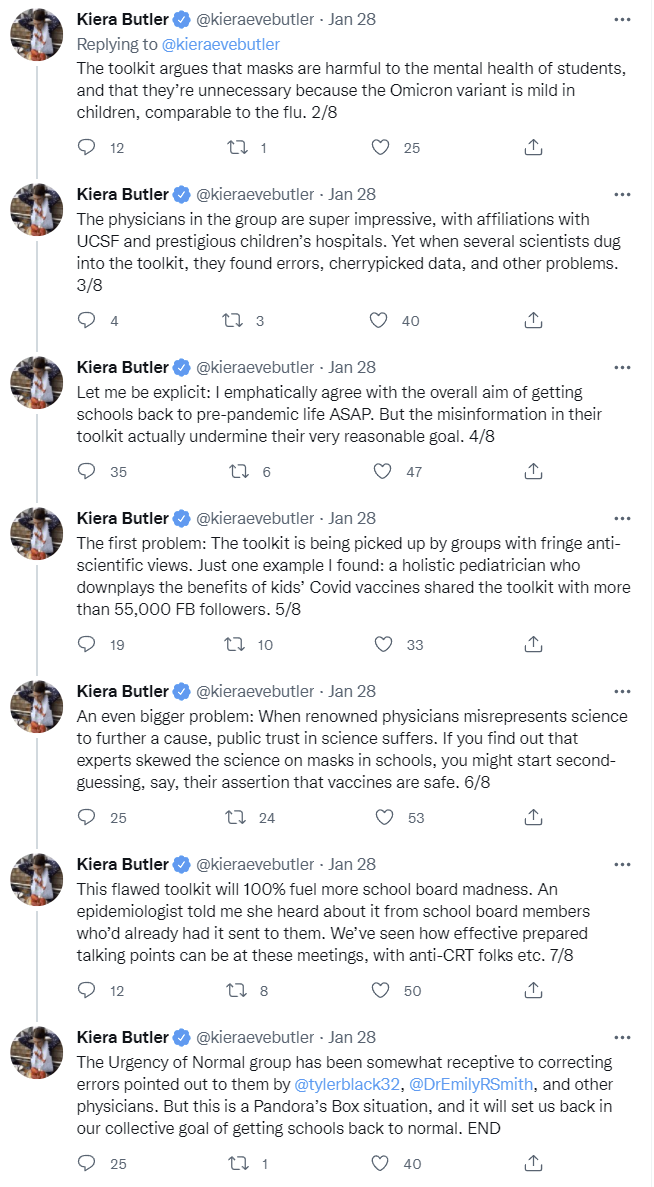
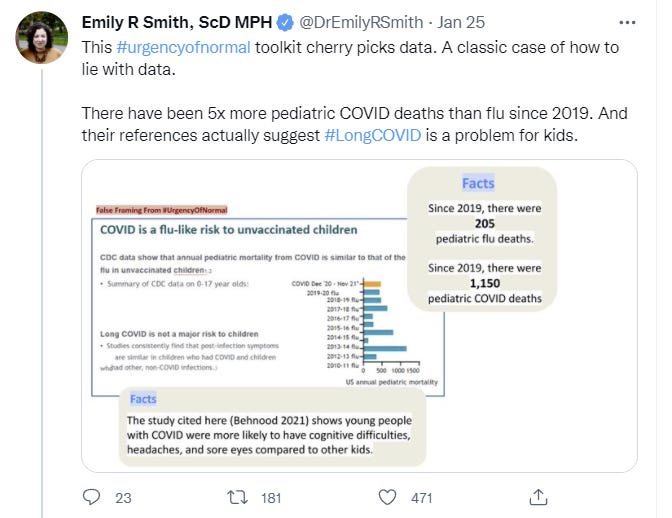
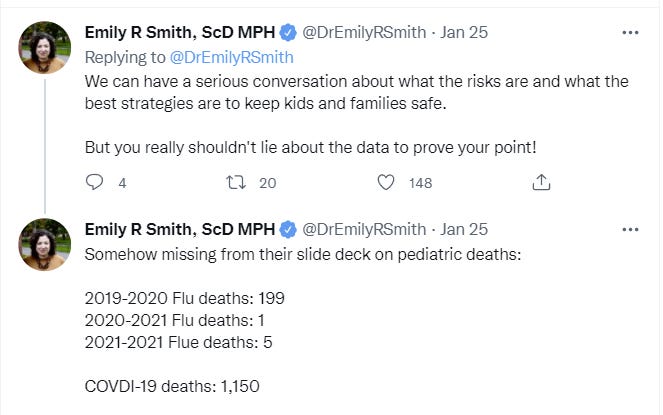




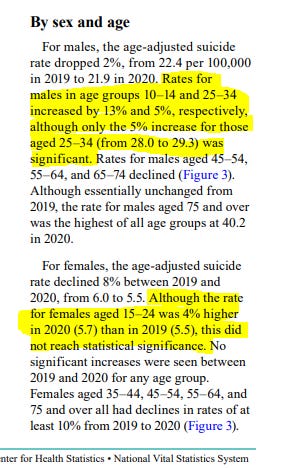
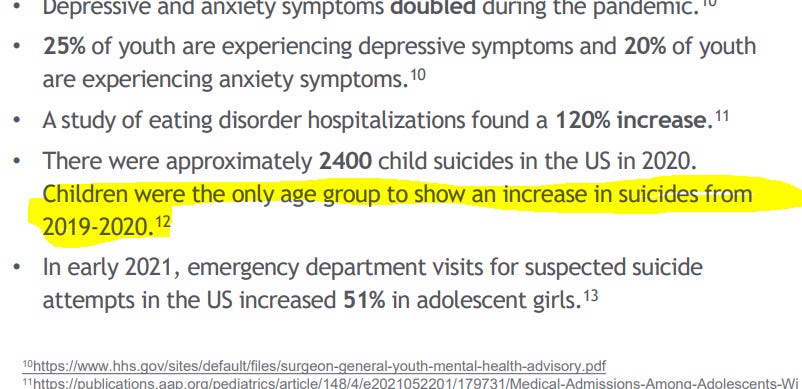
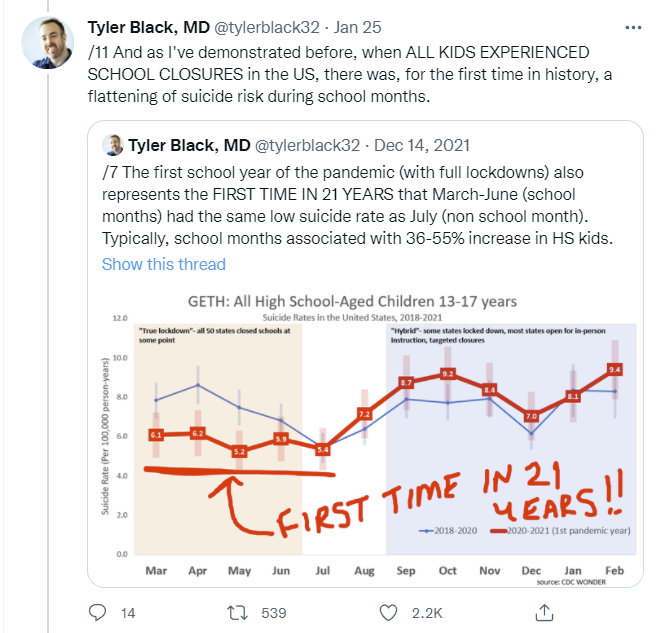





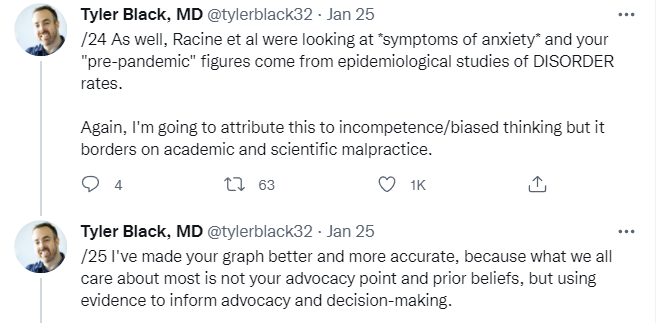
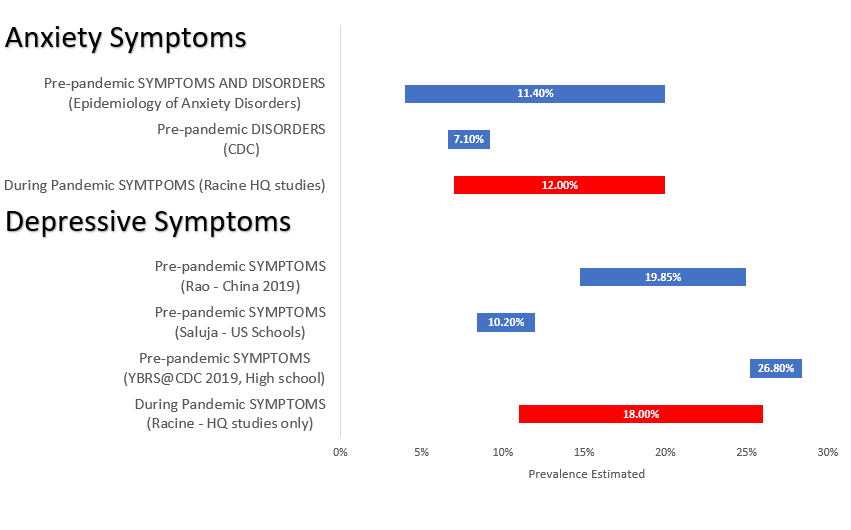

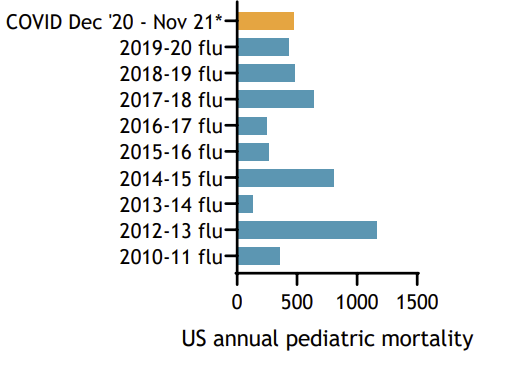
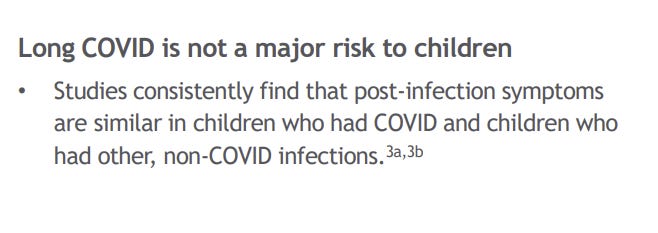

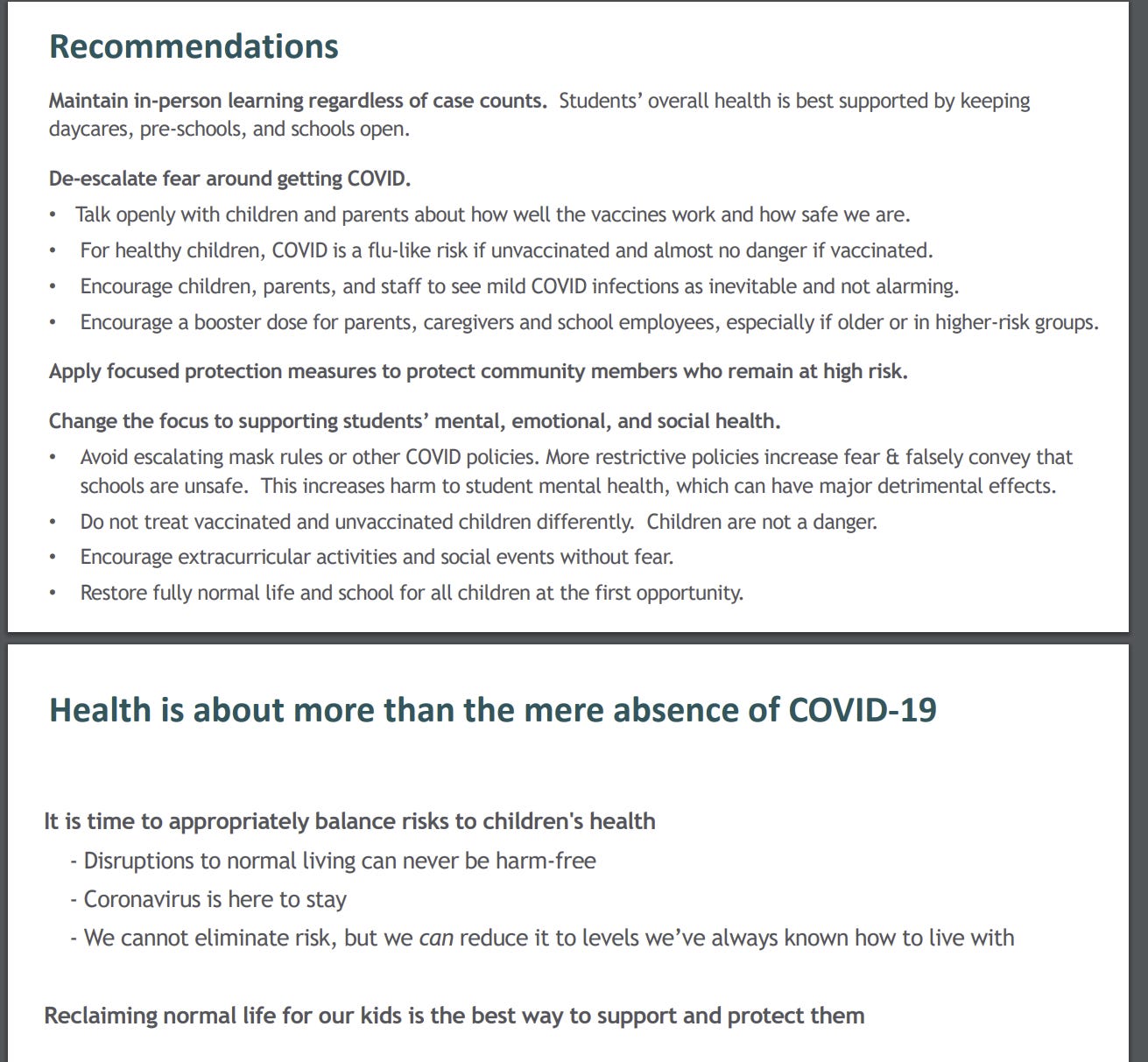
Excellent post. Sadly the behavior of Dr. Black exemplifies why people don't, and probably shouldn't, trust experts just because they have credentials.
I am curious, were you ever told in school to "Consider what the author wants to be true" when critically reading something? I recall that came up a few times when I was young in the 80's and early 90's, but none of my college students (born circa '98-2002) said they had ever been told something like that. I used to bring it up in every class after the first one when I was talking about an article and said "And just like you were told in school..." I wonder if at some point in the late 20th century the notion of critical reading just went away and students were instead taught just to accept whatever the properly accepted experts said.
Just reading this now. Thanks for this in-depth breakdown.